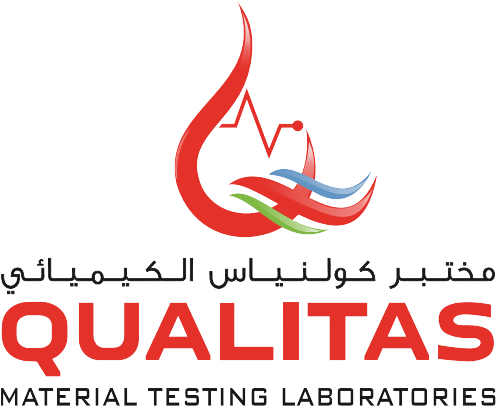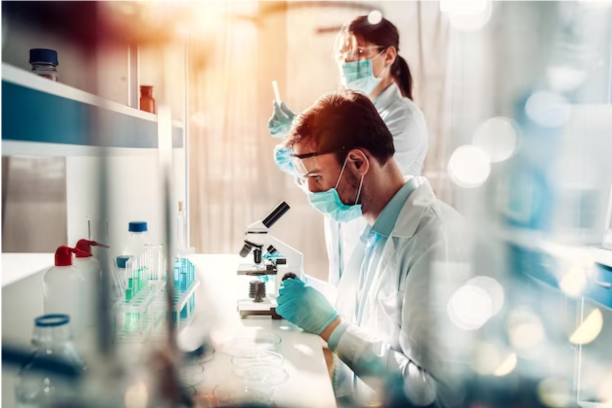In the diverse landscape of UAE industries, quality control plays a vital role in ensuring the safety, reliability and compliance of chemical products. Chemical testing laboratories are at the forefront of quality control efforts, employing rigorous testing methodologies and adhering to international standards. In this blog, we will explore the best practices for quality control in chemical testing.
- Accurate Sampling Techniques:
Accurate and representative sampling is the foundation of reliable chemical testing. It is crucial to follow proper sampling techniques to ensure that the sample taken for analysis accurately represents the batch or lot being tested. Proper sampling methods, such as random sampling or stratified sampling, help minimize sampling errors and ensure accurate test results.
- Calibration and Maintenance of Equipment:
Calibration and maintenance of testing equipment are essential for accurate and precise measurements. Regular calibration ensures that the equipment is performing within specified tolerances, providing reliable results. It is important for UAE industries to invest in calibration programs and maintenance schedules to uphold the highest standards of quality control.
- Method Validation and Verification:
Before implementing a new testing method, it is essential to validate and verify its accuracy, precision and reliability. Method validation involves demonstrating that the testing method is fit for its intended purpose, while method verification confirms that the method performs as expected. By conducting thorough validation and verification studies, chemical testing laboratories can ensure the quality and integrity of their test results.
- Participation in Proficiency Testing Programs:
Participating in proficiency testing programs is an effective way to assess the performance of a chemical testing laboratory. Proficiency testing involves blind testing of samples by an external provider, allowing laboratories to compare their results with other laboratories globally. This process helps identify any areas of improvement, ensures the accuracy of test results and demonstrates the laboratory’s commitment to quality control.
- Quality Assurance:
Chemical testing laboratories must maintain thorough quality assurance and quality control paperwork. Consistency in testing methods is guaranteed through standard operating procedures (SOPs), quality manuals and documentation of quality control measures. These tools also serve as a resource for lab staff. Additionally, these records help with audibility, traceability and ongoing quality control practice development.
- Training and Professional Development:
New testing techniques, technology, and laws are continually emerging in the field of chemical testing. To remain abreast of the most recent developments, laboratory staff must participate in ongoing training and professional development programs. Training initiatives promote technical proficiency, comprehension of quality control procedures, and the culture of ongoing development in the laboratory.
Conclusion:
For the safety, dependability and compliance of chemical products in UAE industries, quality control in chemical testing is essential. Qualitas, a chemical testing lab preserve the highest levels of quality control by applying best practices such as precise methods, equipment calibration, adherence to international standards and participation in proficiency testing programs. Continuous instruction, documentation and cooperation also support the growth of a strong quality control system and promote an excellence-oriented culture.

